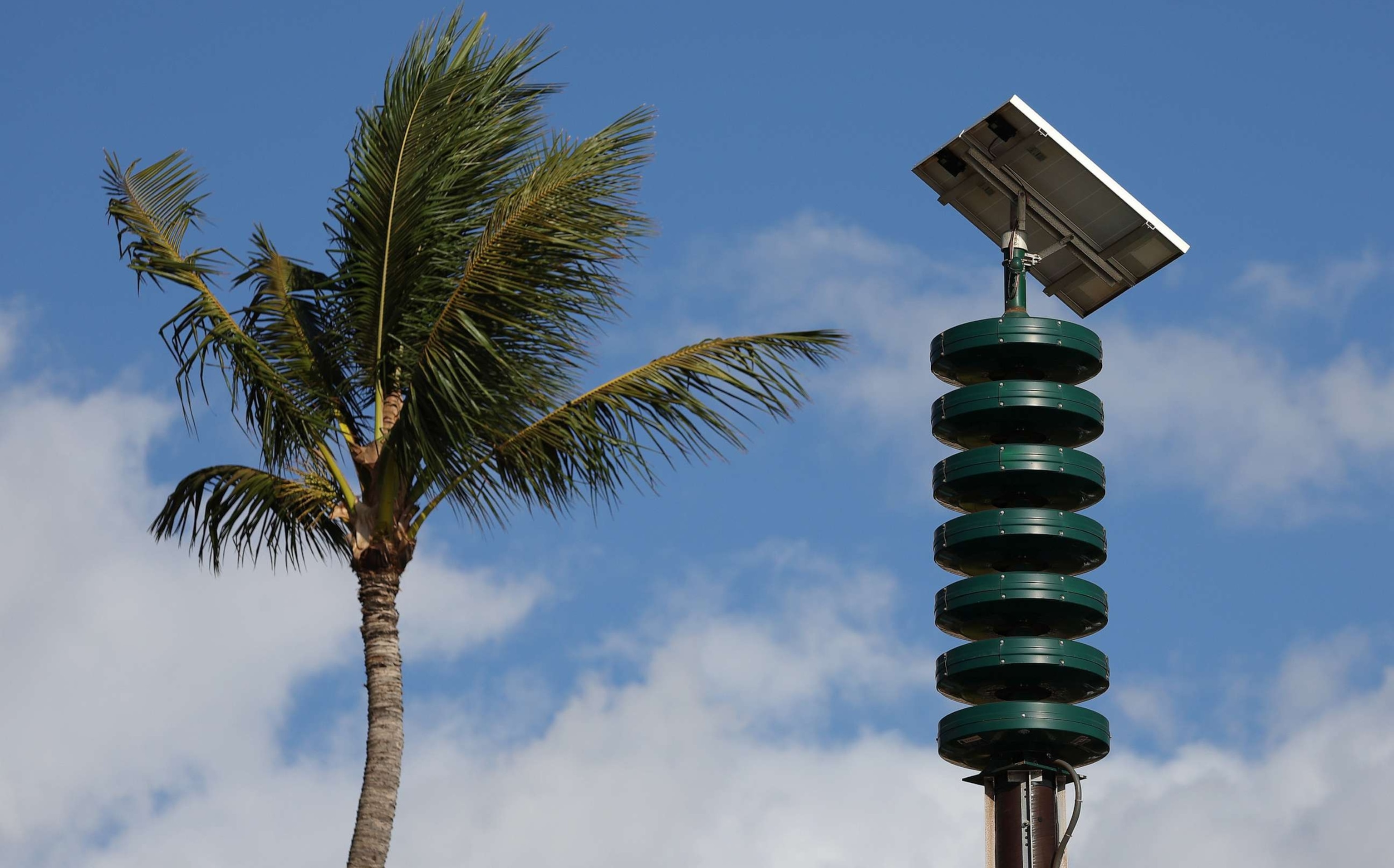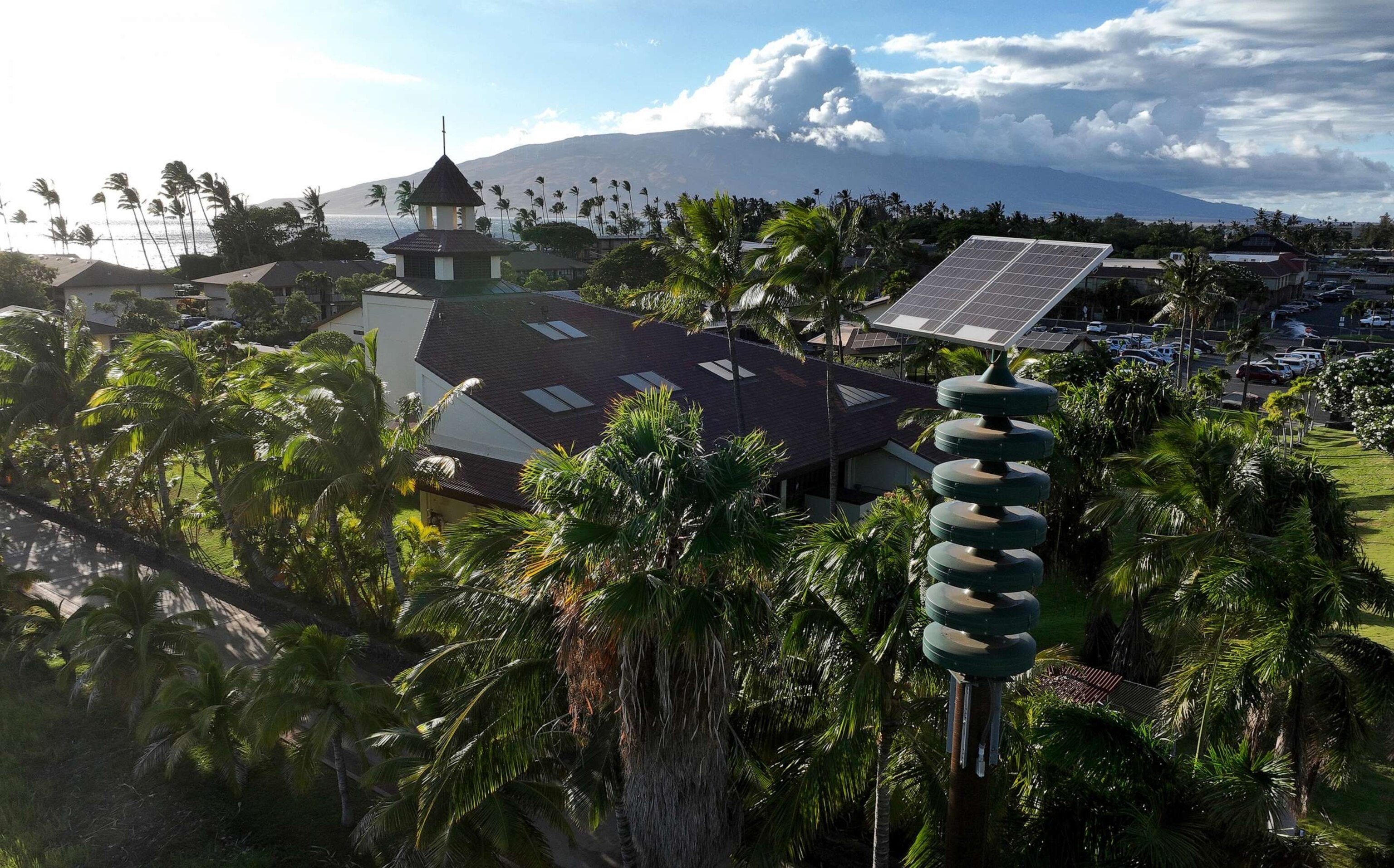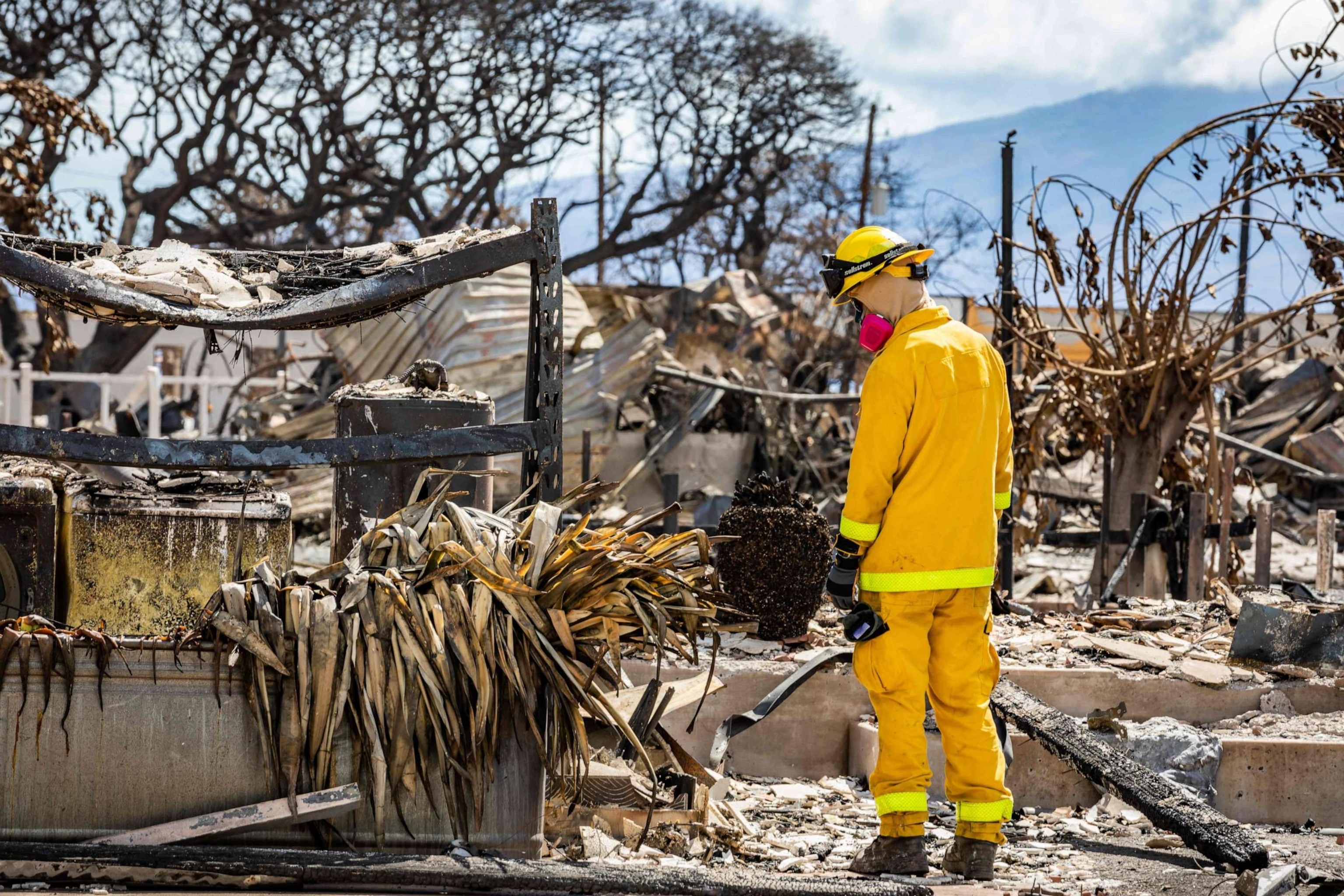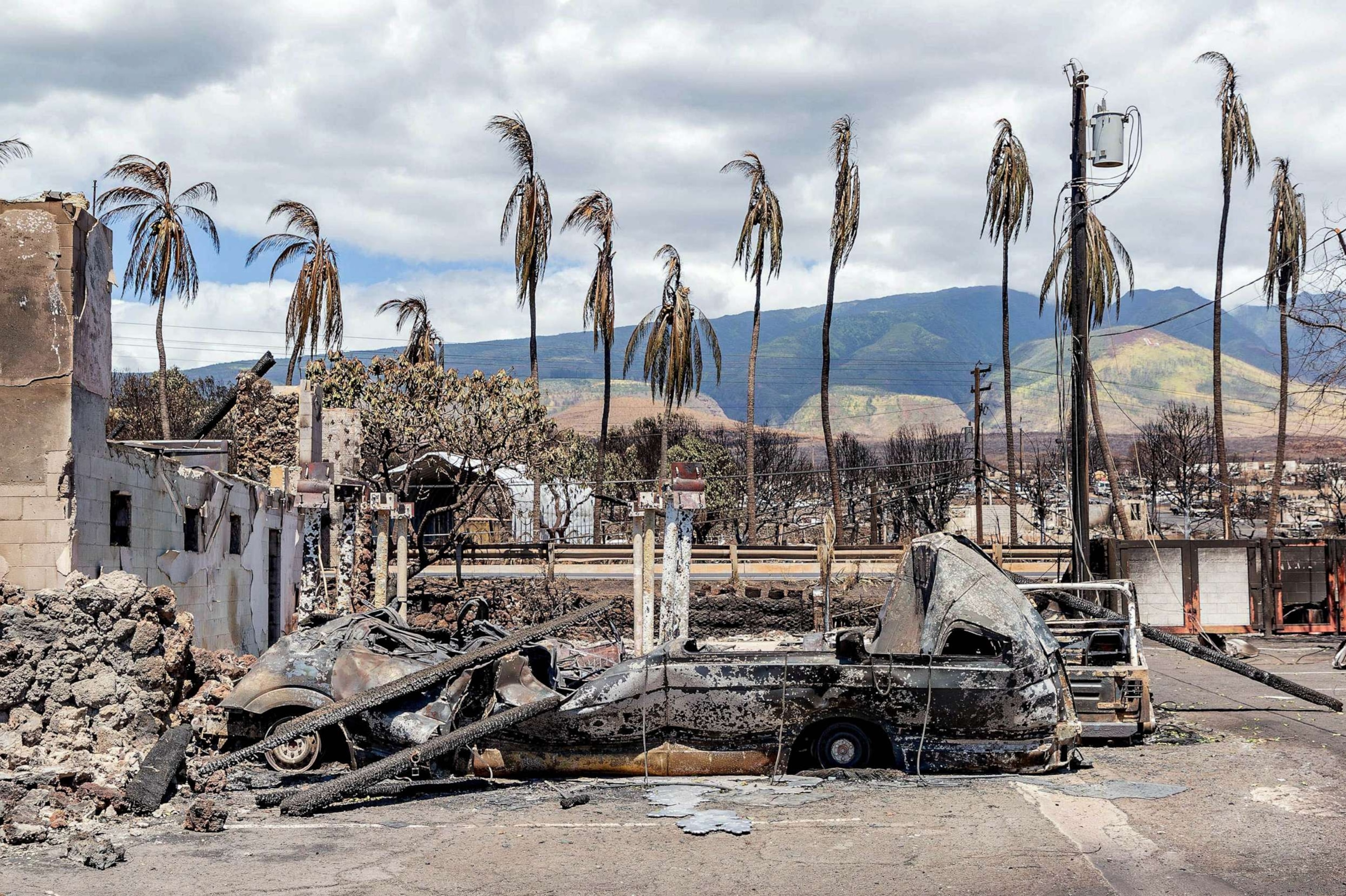Maui official defends not using sirens during deadly wildfires
At least 111 people have been confirmed dead in the disaster.
A Maui official defended not activating sirens during last week's deadly wildfires, as the county's emergency response has come under scrutiny over what more could have been done to possibly save lives.
Maui Emergency Management Agency Administrator Herman Andaya said the protocol is to use the coastal sirens only during tsunami warnings, and not during wildfires.

Andaya told reporters that the sirens signal to people to seek higher ground, and there were fears that sounding the signal could have led evacuees straight into the flames.
He also said sirens wouldn't be loudly heard with the winds howling and people inside with their air conditioners on, and that there are no sirens on the mountainside, where the fire was also spreading, to alert people.

When asked by a reporter during Wednesday's briefing if he regretted not sounding the sirens, Andaya said, "I do not."
"Counties in the state of Hawaii will tell you that sirens have not been used for brush fires," Andaya said. "It is our practice to use the most effective means of conveying an emergency message to the public."
The county's protocol is to use the WEA, the Wireless Emergency Alert System, to send alerts via text message, and the EAS, the Emergency Alert System, to send messages to television and radio, Andaya said.

Hawaii Gov. Josh Green also defended the choice not to use the sirens, saying had they gone off, "I would have been expecting a tsunami to come."
"That's what our mentality was," he told reporters during the briefing.
As the wildfires spread on Aug. 8, some survivors who fled the flames reported not having any cell service or power and didn't receive any alerts.

As of Wednesday evening, 111 people have been confirmed dead in the wildfires in Maui County, with 38% of the impact zone searched, officials said. Even more people remain missing.
Green said they plan to make changes going forward and will "find best practices."
"What we'd like to do is we'd like to remove many of the barriers that we have to safety. We'd like to get powerlines underground. We intend to invest very heavily on that in recovery," he said. "We'd like to have more satellite capacity all across the state because with temperatures over 1,000 degrees, moving 60 miles an hour, it took out a lot of our infrastructure, and that made it very difficult."
ABC News' Marilyn Heck and Flor Tolentino contributed to this report.




